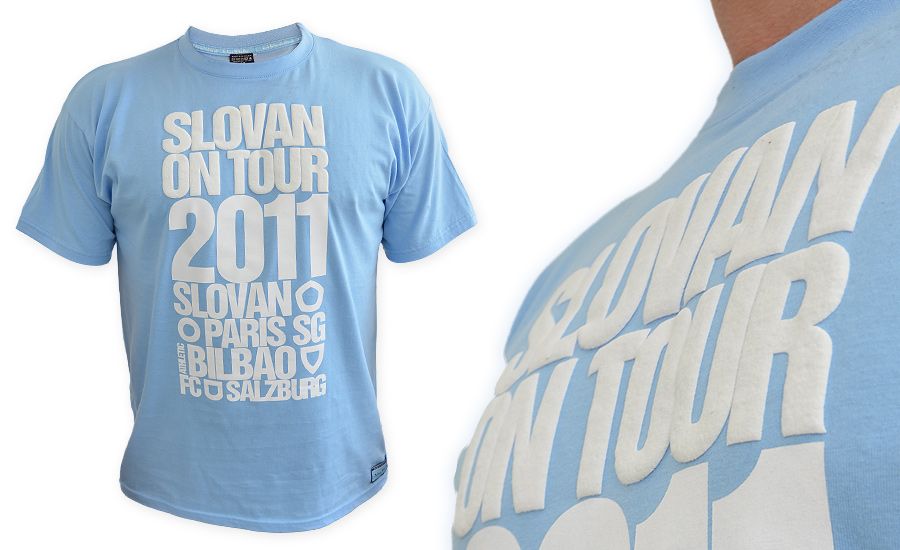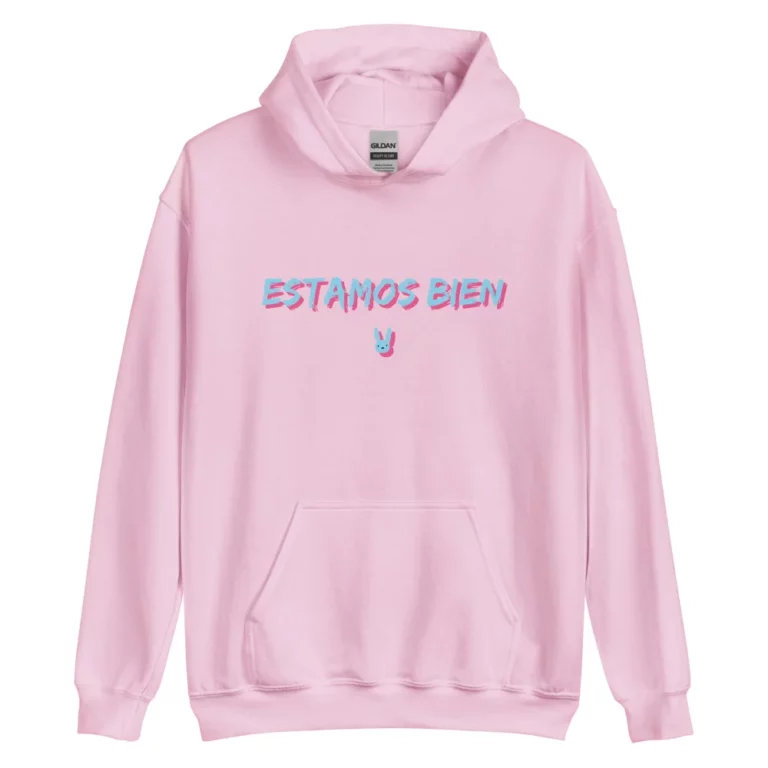Puff printing, often recognized by its unique raised texture, is a popular printing method used to add depth, texture, and a touch of 3D effect to fabric. Unlike traditional flat printing, puff printing makes designs stand out with a soft, raised feel, creating a distinctive, eye-catching look on T-shirts, hoodies, and other fabric items. This article delves into the benefits and the process of puff printing on fabric, as well as tips for achieving the best results.
What is Puff Printing?
Puff printing is a type of screen printing that uses an additive to create a raised, three-dimensional effect on fabric. The technique involves mixing a specialized additive, known as a puff additive, with the ink. When the ink is applied to the fabric and heated, the additive reacts and expands, giving the design a raised or “puffed up” look. This effect not only adds texture but also brings a unique visual dimension to the printed design.
Benefits of Puff Printing on Fabric
Puff printing offers several advantages that make it a sought-after method for creating standout designs. Here are some of the key benefits:
- Enhanced Texture and Dimension: One of the most noticeable benefits of puff printing is its ability to add a three-dimensional texture to designs. This raised effect gives a tactile quality that can make logos, letters, or graphics more interesting and engaging.
- Unique Aesthetic Appeal: Puff printing creates a unique aesthetic that helps designs pop visually. The effect works particularly well with bold, simple designs, such as logos or text, which are transformed with the raised look. This technique is widely used in streetwear, where designs that stand out are essential for style and branding.
- Durability: Puff printing is a highly durable method. The puff additive bonds well with the fabric, creating a design that can withstand frequent washing and wear. When applied correctly, puff prints maintain their texture and structure over time without cracking or peeling.
- Versatile Application: Puff printing can be applied to a wide range of materials, including cotton, polyester, and blends. It’s also versatile in terms of design types, working well with both simple, bold shapes and more intricate designs, as long as the details aren’t too fine.
- Increased Branding Potential: For brands, puff printing adds an element of uniqueness that sets their apparel apart. The texture and dimension give the product a premium feel, which can elevate brand perception and customer appeal.
The Puff Printing Process
While puff printing shares some similarities with standard screen printing, the addition of the puff additive and the heat application give it a unique twist. Here’s a step-by-step overview of the puff printing process:
- Design Preparation: Like any screen printing process, puff printing begins with preparing the design. It’s important to consider that puff printing works best with bold shapes and text, as the raised effect may not be as clear on thin lines or highly detailed elements.
- Mixing the Puff Ink: The puff effect is achieved by adding a puff additive to plastisol ink. Plastisol ink is commonly used in screen printing due to its vibrant colors and durability. The puff additive is a special component that reacts when exposed to heat, causing the ink to expand. Careful measurements and thorough mixing are essential to ensure consistent results in the final print.
- Screen Preparation and Printing: Once the puff ink is prepared, a screen is used to apply the ink onto the fabric. The screen, which is a stencil of the design, allows ink to be pushed through in specific areas, creating the shape of the design on the fabric. The ink is then applied in a thick layer, as the puff additive needs sufficient ink to react and create the raised effect.
- Curing with Heat: After the ink has been applied to the fabric, heat is applied to activate the puff additive. This step, known as curing, is typically done with a heat press or an industrial conveyor dryer. The heat causes the additive to expand, resulting in the desired raised texture. Proper curing is essential to ensure the puff effect is consistent and durable, as under-curing can lead to a weak or uneven puff effect.
- Cooling and Quality Check: Once cured, the fabric is allowed to cool, and a quality check is done to ensure the puff effect is uniform. Any inconsistencies, such as uneven puffing or cracks, indicate issues that need to be addressed, such as adjustments in ink thickness or curing temperature.
Tips for Successful Puff Printing
Achieving the best results with puff printing requires attention to detail and a bit of practice. Here are some tips to keep in mind:
- Experiment with Ink Thickness: Thicker layers of ink generally produce a more pronounced puff effect. However, too much ink can result in a heavy or distorted look. Finding the right balance is key.
- Mind the Curing Temperature and Time: The curing process directly impacts the puff effect. Too little heat may prevent the ink from puffing adequately, while too much can lead to cracking. Follow the manufacturer’s recommendations for curing temperature and time.
- Choose the Right Fabrics: While puff printing works well on various fabrics, the effect is most pronounced on smooth, flat surfaces, such as cotton or polyester. Textured or ribbed fabrics may interfere with the uniformity of the puff effect.
- Limit Detailed Designs: Puff printing is best suited for bold, simple designs. Thin lines or highly intricate patterns may not puff evenly, so consider simplifying designs for optimal results.
Conclusion
Puff printing offers a distinctive way to add depth, texture, and visual interest to fabric designs. Its durable, eye-catching aesthetic makes it a popular choice for apparel, especially in fashion-forward or branded clothing. By following the proper techniques and experimenting with different variables, you can achieve impressive puff prints that stand out from the crowd. Whether for creating unique streetwear, custom branded apparel, or personalized gifts, puff printing adds an element of creativity and uniqueness that transforms ordinary fabric into something memorable.




